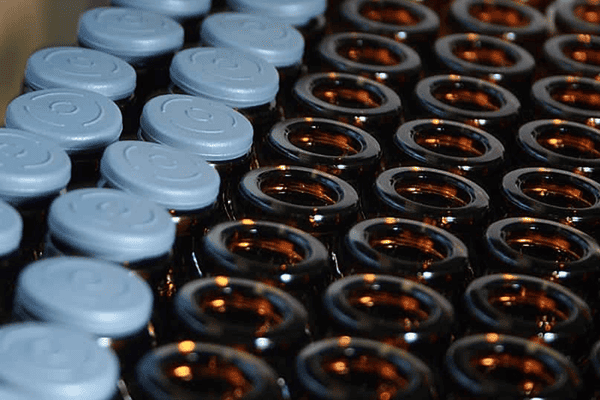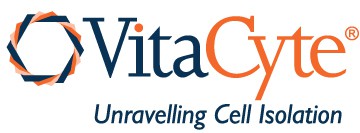
A common approach for adopting or maintaining a consistent cell isolation procedure is to qualify lots of traditional (i.e., crude or enriched) collagenase products prior to use. This is a standard practice for most laboratories since it is an effective approach to help identify a lot of collagenase that works acceptably for the user’s cell isolation application.
Unfortunately, most scientists do not realize the hidden costs of using traditional collagenase products because they are unaware of the basic biochemistry and function of collagenase reagents as it relates to their performance in recovering cells from tissue. This white paper is written to address and answer those questions.
